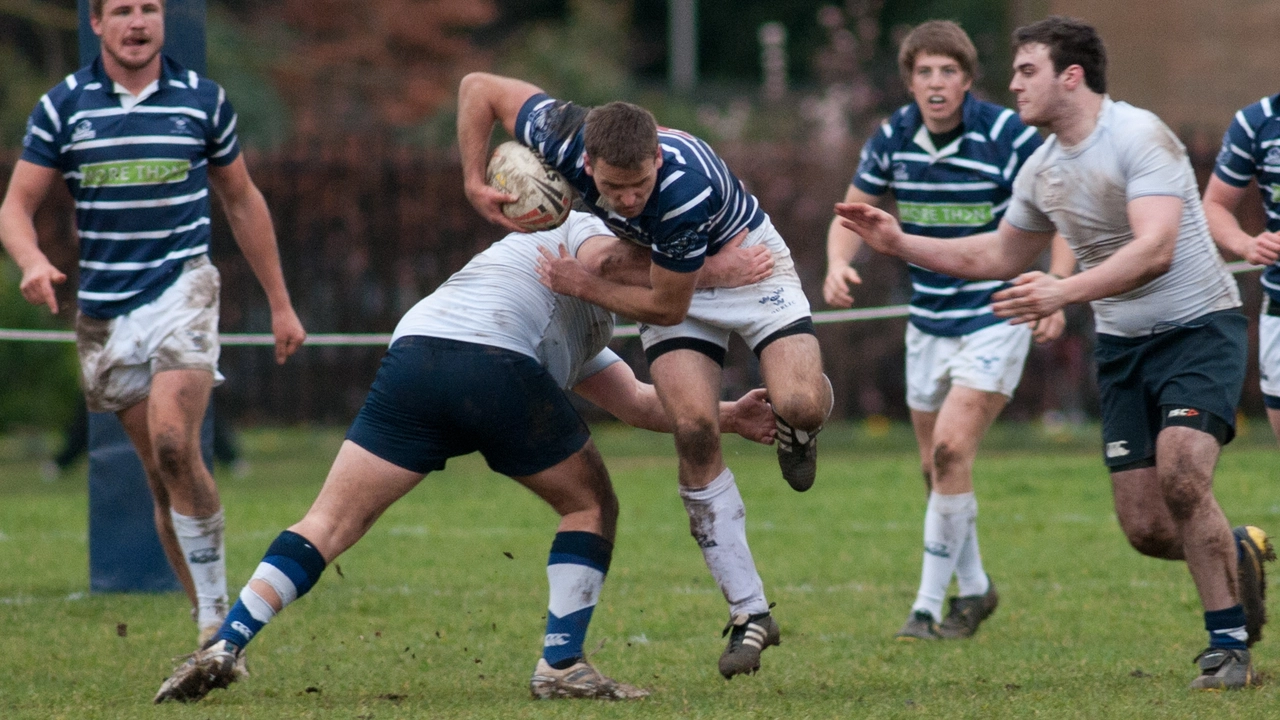Concussions in Rugby – What You Need to Know
Playing rugby is intense, fast, and full of contact. That excitement comes with a risk of head knocks, and the most common serious knock is a concussion. If you’ve ever felt dizzy after a tackle or saw a teammate clutch their head, you probably wonder what to do next. Below we break down the basics, signs to watch for, and how Portsmouth Rugby Club keeps players safe.
Spotting a Concussion Right After It Happens
First thing – don’t brush it off. A concussion can show up in a few seconds or a few hours. Look for these red flags:
- Headache that won’t go away
- Dizziness or feeling “off balance”
- Confusion, blank stare, or trouble naming the next play
- Nausea or vomiting
- Blurred vision or sensitivity to light
- Memory gaps – can’t recall what just happened
If any of these appear, the player should stop immediately and be evaluated by a qualified medical professional. The club’s policy is clear: no player returns to the field until cleared.
How We Prevent Concussions at Portsmouth
Prevention starts with technique. Proper tackling, keeping the head up, and using the shoulders to absorb impact cut down on head injuries. Our coaches run regular drills that focus on safe contact – think “keep your eyes on the ball, hit low, drive through.”
Equipment matters too. While rugby doesn’t use helmets, well‑fitted mouthguards and padded headgear for younger players can lessen the blow. Players are also encouraged to stay fit; a strong neck can absorb more force.
Another key is education. Every season we hold a short concussion workshop for players, parents, and coaches. Knowing the signs and the steps to take makes everyone better prepared.
Finally, the club follows World Rugby’s return‑to‑play protocol. It’s a step‑by‑step process: 24‑hour rest, gradual symptom‑free activity, supervised light exercise, then full training before match play. Skipping a step can lead to a second injury, which is far riskier.
Got a concussion? Here’s a quick checklist:
- Stop playing right away.
- Tell a coach or trainer.
- Get a medical exam – you need a professional’s clearance.
- Follow the graded return‑to‑play plan.
- Don’t rush – your brain needs time to heal.
Watching the game as a fan? You can help too. If you see a player down and looking dazed, shout for a timeout. It’s better to be safe than sorry.
Concussions are serious, but with the right knowledge and club support, they can be managed safely. Keep these tips in mind, play smart, and enjoy the game with confidence.

Which has more concussions, rugby league or union?
After delving into the topic, I've found that both rugby league and union have their fair share of concussions. However, research indicates that rugby union might just edge ahead with a slightly higher rate of concussions. The physical nature and tackling style of the game could contribute to this trend. Yet, it's important to note that both sports are working to improve player safety and reduce the risk of head injuries. Concussion awareness and management in both games have also significantly improved over the years.
view more

